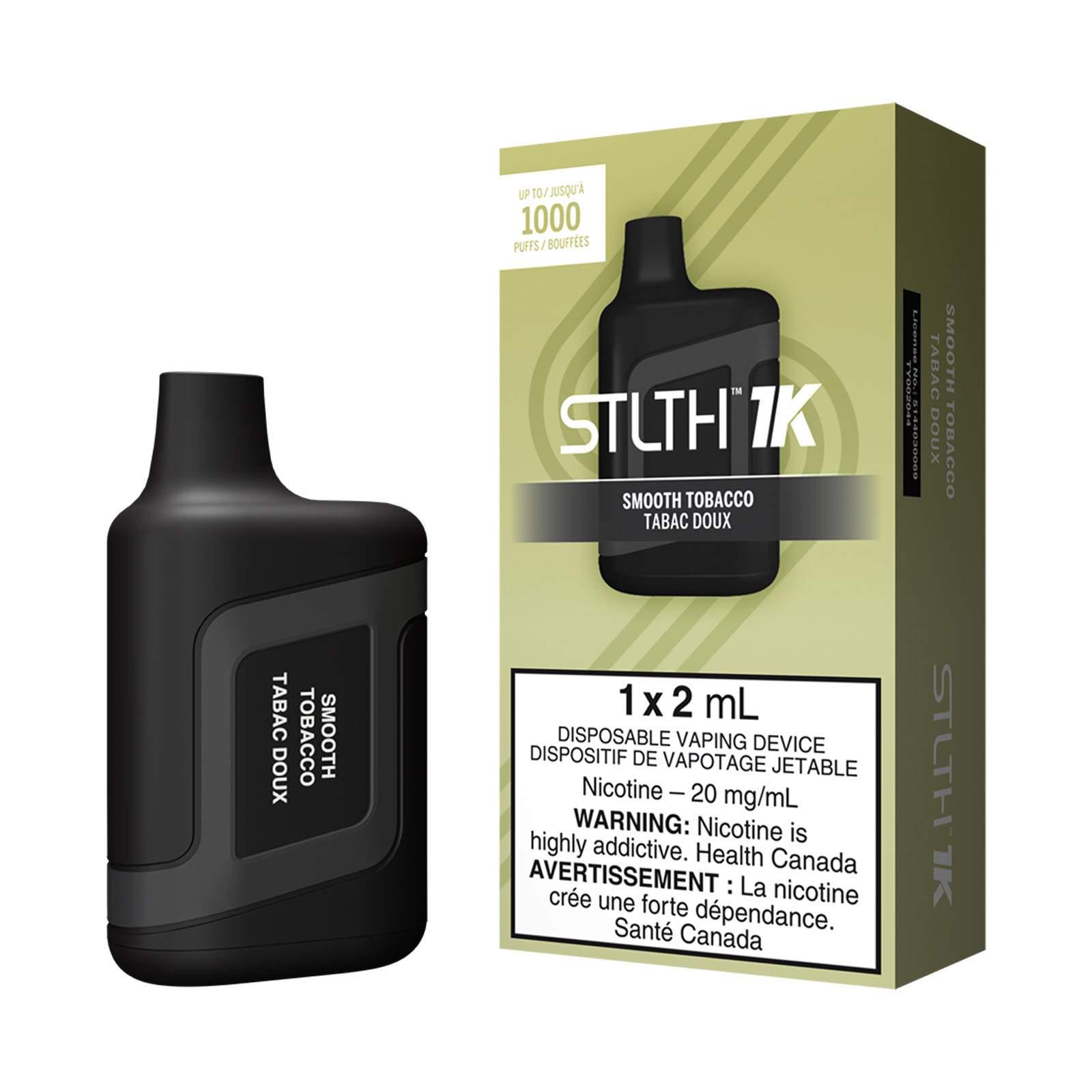In recent years, the vaping industry has witnessed significant growth, leading to an increased demand for disposable eliquid boxes. These boxes play a crucial role in not only packaging but also in marketing and protecting the eliquid products they contain. Understanding the materials used and the design considerations in manufacturing these boxes is essential for both manufacturers and consumers alike.
Materials Used in Disposable Eliquid Boxes
Cardboard
Cardboard remains one of the most common materials used for disposable eliquid boxes. It strikes a balance between durability and cost-effectiveness. Typically made from a combination of paper and paperboard, cardboard boxes can be customized extensively in terms of thickness, printing, and finishing options. This makes them ideal for branding and product differentiation in a competitive market.
Plastic
Some disposable eliquid boxes utilize plastic materials, particularly for more durable or waterproof packaging requirements. Polyethylene terephthalate (PET) and polypropylene (PP) are commonly used plastics due to their strength and ability to be molded into various shapes. Plastic boxes offer excellent protection against moisture and physical damage, ensuring the eliquid remains intact during shipping and handling.
Biodegradable Materials
With increasing environmental concerns, there is a growing trend towards using biodegradable materials for disposable eliquid boxes. Materials such as biodegradable plastics and recycled cardboard are becoming popular choices. These materials aim to reduce the environmental impact of packaging waste, offering a sustainable solution without compromising on functionality and aesthetics.
Design Considerations for Disposable Eliquid Boxes
Size and Shape
The size and shape of the box are critical design considerations that directly impact both functionality and aesthetics. The box must be designed to snugly fit the eliquid containers to prevent movement and potential damage during transportation. Additionally, ergonomic designs can enhance user experience, making it easier to handle and store the product.
Branding and Printing
Disposable eliquid boxes serve as powerful marketing tools. The design should incorporate branding elements such as logos, colors, and product information prominently. High-quality printing techniques such as offset printing or digital printing ensure vibrant colors and sharp details, effectively capturing the attention of consumers in retail settings.
Security Features
As eliquid products are regulated and often subject to age restrictions, security features in the packaging are crucial. Tamper-evident seals and child-resistant closures are common safety measures implemented in disposable eliquid boxes to ensure product integrity and compliance with regulatory standards.
Functionality and User Experience
The design of disposable eliquid boxes should prioritize ease of use and convenience for consumers. Features such as easy-open tabs or tear strips make it simple to access the eliquid containers while maintaining the integrity of the packaging. Clear labeling of flavors and nicotine strengths further enhances user experience, allowing consumers to make informed purchasing decisions.
Trends and Innovations in Disposable Eliquid Boxes
Customization Options
Manufacturers are increasingly offering customization options for disposable eliquid boxes to cater to diverse consumer preferences. From matte or glossy finishes to embossed logos and specialty coatings, these options allow brands to differentiate their products and create a memorable brand experience.
Sustainability Initiatives
Sustainability continues to drive innovation in packaging materials and design. Companies are exploring alternative materials and eco-friendly manufacturing processes to reduce carbon footprints. Biodegradable and recyclable packaging solutions are gaining traction as consumers become more environmentally conscious and demand greener alternatives.
Smart Packaging Technologies
Integration of smart packaging technologies such as QR codes or NFC tags enables brands to engage with consumers directly through their smartphones. These technologies provide access to product information, promotional offers, and even interactive content, enhancing consumer engagement and brand loyalty.
Conclusion
Disposable eliquid boxes play a crucial role in the vaping industry, combining functionality, aesthetics, and regulatory compliance. Understanding the materials used, design considerations, and emerging trends in packaging allows manufacturers to create innovative solutions that meet consumer expectations while ensuring product safety and sustainability. As the market continues to evolve, advancements in materials and design will continue to shape the future of disposable eliquid packaging, catering to both consumer preferences and environmental responsibilities.

